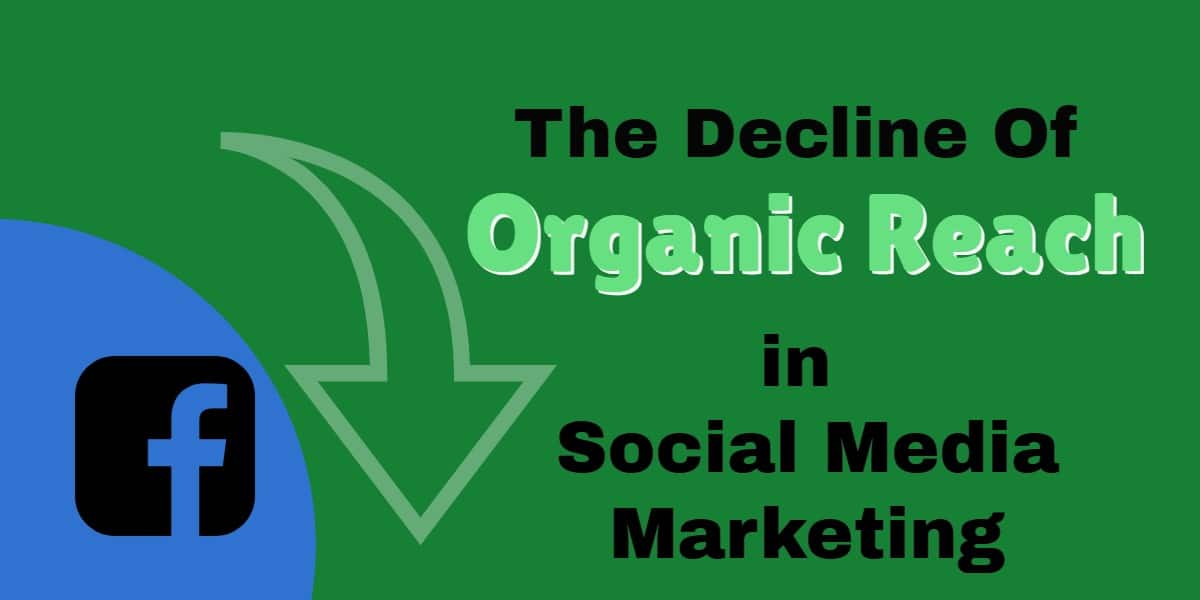More than 90% of U.S. companies use social media marketing. It makes sense that social media marketing is growing because more people are using social media. About 70% of Americans use social media today compared with 5% in 2005.
But this dramatic growth doesn’t mean that social media users are seeing your posts. The content that audiences see organically on social media platforms is largely governed by algorithms. Social media networks want you to pay to play. Therefore, organic reach has declined.
Organic vs. Paid Social Reach
Social media marketing is enticing for many businesses because it offers opportunities to reach audiences for free. You can connect with people just by posting content. The number of unique accounts that come across these posts represents your organic reach.
You didn’t pay to capture their attention. Your users found you by searching for a hashtag, watching a shared post that popped up on their feed or scrolling through their timeline.
Paid social reach includes content that costs money to showcase to specific audiences. Every platform offers distinct options for paid advertising. For example, Twitter’s Promote Mode costs a flat fee to promote the first ten organic Tweets that you publish every day. LinkedIn allows you to send paid InMail message ads that get delivered to active users’ inboxes.
Who Gets to See Organic vs. Paid Posts?
Every platform uses a proprietary algorithm to determine who sees your content. These algorithms are constantly evolving. Having some understanding of the best practices for each platform can help you succeed. However, many social media marketers say that it’s less important to keep track of the algorithms as it is to experiment with your strategy and monitor results.
The first people to see your organic posts are some of your followers. As they interact with your content, it will be delivered to more people. Direct shares can expose your content to people who don’t already follow you. New leads may come across your organic content through searches as well.
You have more control over the number of people who view your paid or boosted social media posts than the audience that views your organic posts. Businesses can choose the characteristics of their target audience when they’re setting up social ads. The exact reach depends on your niche, target audience and budget. But when you set up ads, the platforms will give you an idea of their potential reach.
What Has Caused the Decline Organic Reach?
It’s no secret that there has been a general decline in organic reach across social media platforms. Take a look at the difference a few years can make in the organic reach of popular social networks:
Facebook
• 2012 – 16%
• 2022 – 6%
Instagram
• 2022 – 16%
• 2020 – 25%
The following table shows the percentage of users that believe that each platform delivers the best organic reach:
• LinkedIn: 77%
• Facebook: 37%
• Instagram: 27%
• YouTube: 21%
There are several reasons for the decline organic reach. For one, the high volume of ads competes with organic content for space on users’ news feeds.
Most people believe that the algorithms that social networks use have been the main drivers of the decline organic reach. In 2018, Facebook renewed its focus on connecting with family and friends. It began showcasing more personal posts on users’ news feeds and less content from business pages. This trend seems to be the norm for most social media platforms. Some say that this the social networks’ way of pushing people toward advertising.
Should You Try to Improve Your Organic Reach?
There are plenty of suggestions out there for improving your organic reach. But devoting too much advertising time and effort to this task may not be efficient.
The benefits of organic reach include:
• Keeping current leads engaged
• Legitimizing your brand to potential customers
• Building loyalty and relationships
• Providing customer support
However, organic posts are not the best place to promote your business to new clients. Instead, think of organic content as a way to provide valuable content and showcase your brand’s personality.
Almost 40% of Facebook users follow business pages in hopes of getting special offers. You could aim to get more organic leads by posting discounts on your page regularly. But the algorithm might prevent your audience from seeing posts that are promotional or business-oriented.
Whether or not that’s true, Facebook pages generally have low engagement. Pages with fewer than 10,000 fans have the highest rate of engagement, but that’s only 0.52%. Therefore, businesses are turning to different formats, such as groups on Facebook and other platforms, to boost engagement.
They’re also spending more on social media advertising. In 2020, the total spend for paid social media ads was $40 million. That total is projected to rise to almost $174 million in 2022 and grow by 10% until 2026.
Should You Shift Your Focus to Paid Social Media Marketing?
Paid social helps you reach a larger audience. In fact, it guarantees that your content will reach an audience with the target demographics that you select. Plus, you’ll reach a larger number of people than you would through organic social media marketing.
Paid ads work faster than organic social media marketing. They help you grow your audience quickly or promote a time-sensitive launch.
Moreover, you can target your ads based on your objectives. For example, Facebook allows you to pay for engagement instead of clicks. That engagement can boost your organic and paid reach.
If you’re worried that paid ads are annoying or pushy, don’t be. Almost 50% of internet users say that they tend to purchase from companies that they have seen advertised. About 70% of people who see social media ads click on them.
Customers don’t mind seeing ads that introduce them to new products and services that pique their interest. Targeting the right demographics is essential for capturing a relevant audience without putting them off. Discounts are also motivating.
Audiences on Facebook and Instagram are more likely to click on ads than the people who subscribe to YouTube, Twitter, Pinterest or LinkedIn. Therefore, it’s important to balance your paid and organic social media posts as is appropriate across various platforms.
In sum, you need a well-rounded social media marketing strategy to make the most of your time and budget. Searches, word of mouth and customer reviews are important for establishing authority in your niche and building a strong reputation. But if you want to spread the word to a wider audience, you need to incorporate paid social advertising in your marketing plan.
Got Questions?
If you have questions about social media marketing, feel free to schedule a Free Consultation with us. Or give us a call at 425-298-3303. We’re happy to help in any way that we can.





